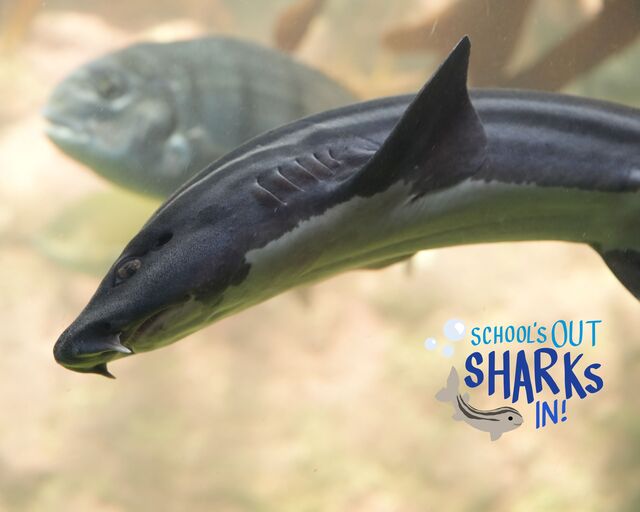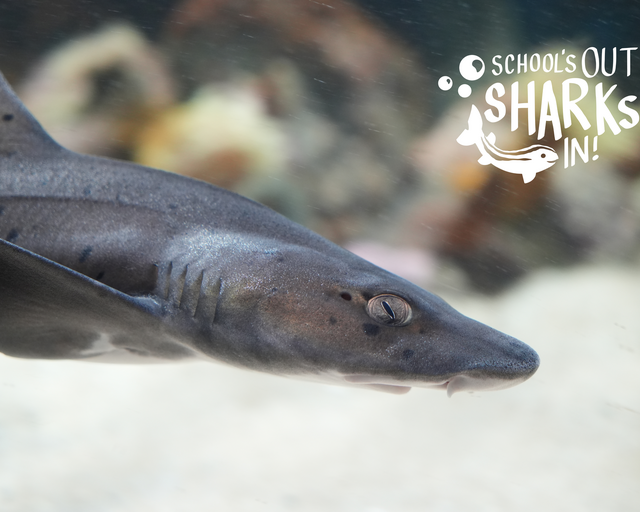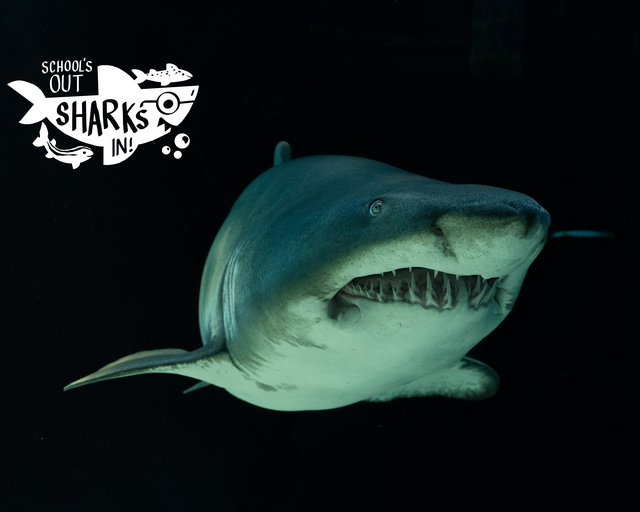If you've ever visited the Two Oceans Aquarium, the marvel that is the I&J Ocean Exhibit needs no introduction! With great help from our partners, I&J, this exhibit is, and will continue to be home to many of the ocean's fascinating animals. From rays to an ocean "Pawpaw'', these are a few of the animals you'll see in the I&J Ocean Exhibit:
Honeycomb stingray
The honeycomb stingray (Himantura uarnak) is a member of the Dasyatidae family, a group of cartilaginous fish known collectively as "whiptail stingrays" because of the venomous barbs in their tails. Internationally, the honeycomb stingray is known by a bunch of different names: In the USA it's called a reticulate whipray, in Australia it is known as a leopard stingray, and in Europe it is called a marbled stingray. This beautiful animal gets its name from its intricate pattern. In the wild, this pattern helps to camouflage it from sharks and other predators that may try to hunt it from above, as the stingray mostly rests on the sandy bottom of lagoons and shallow waters. Fully grown, a honeycomb stingray can be 6m long, 2m wide and weigh over 120kg.
Black musselcrackers
Firstly, despite their appearance, these fish are not grumpy at all! Their scientific name, Cymatoceps nasutus, literally translates to "swollen bumpy nose" - fitting right? The black musselcracker has a specially adapted mouth and jaws that are powerful enough to crush the shells of almost any hard-bodied animal, including mussels, urchins, and crustaceans. In fact, the black musselcracker's bulbous nose actually forms because of all the extra muscles attached to its jaw, and its fleshy lips help it manipulate and reposition prey for perfect crunchin' power! It has 10 specially adapted cone-shaped teeth that help it crack open the armour of prey like sea stars, and two rows of molars to help break things up even further.
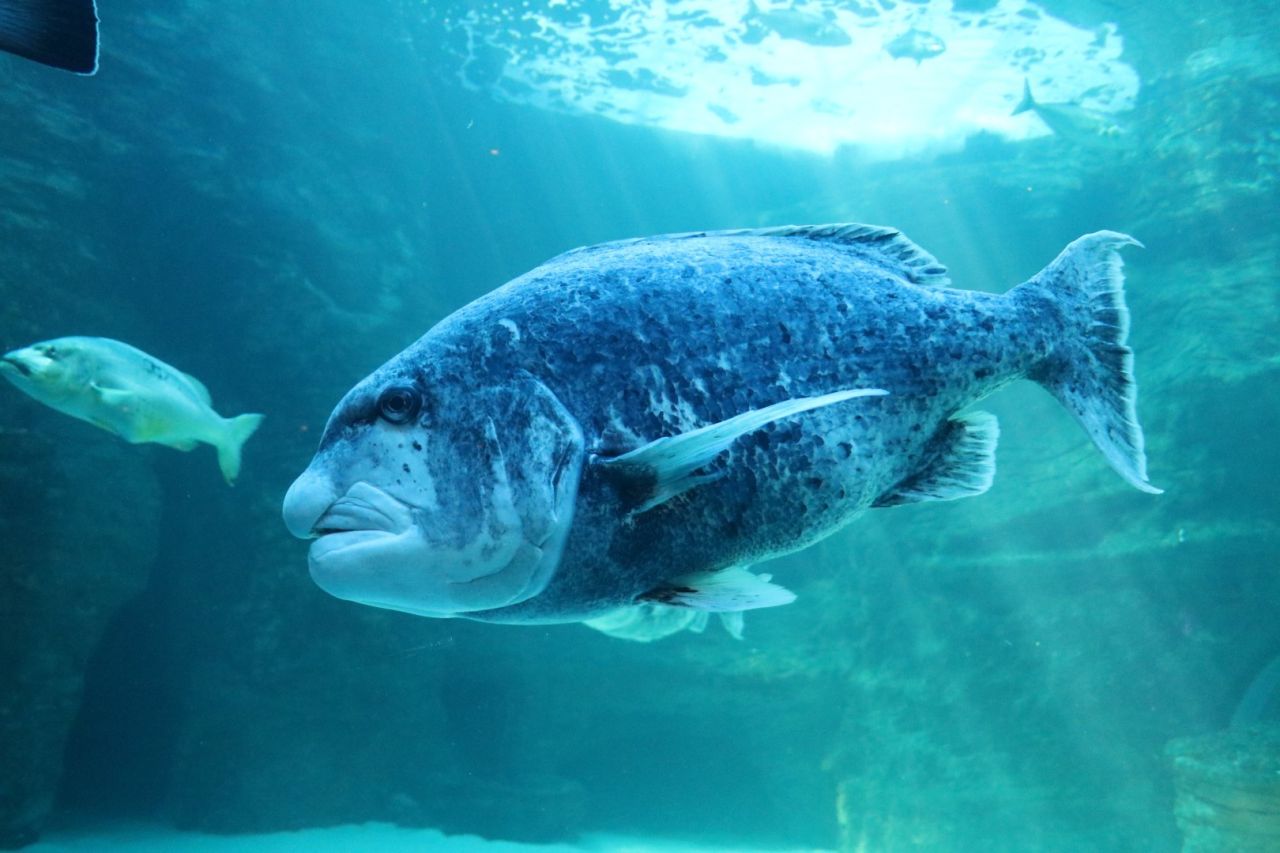
Turtles
The I&J Ocean Exhibit is currently home to three turtles: one green and two loggerhead turtles! These turtles are all currently undergoing extensive rehabilitation to prepare them to re-enter the wild. Courtesy of the Two Oceans Aquarium Foundation's amazing Turtle Conservation Centre, turtles who are sick or have been severely injured are brought into our care, and treated, with the goal being to release them back into the wild. The I&J Ocean Exhibit acts as the final step of their rehabilitation. As this exhibit so closely emulates their natural environment - their progress in this space will indicate whether or not they are ready for release.
Pawpaw the pufferfish
Pawpaw is a guineafowl puffer (Arothron meleagris) that was given to the Aquarium by a local pet store that received him unintentionally as part of a consignment. This adorable fish has become quite popular among our visitors, who are especially attracted to Pawpaws bright and beautiful colour. Guineafowl puffers are usually brown with white spots, but also occur with a more unusual (and more desirable) yellow colour variant in nature - probably the reason Pawpaw was collected in the first place. However, guineafowl puffers grow very large, so not the type of fish that is suited for any but the very largest home aquariums!
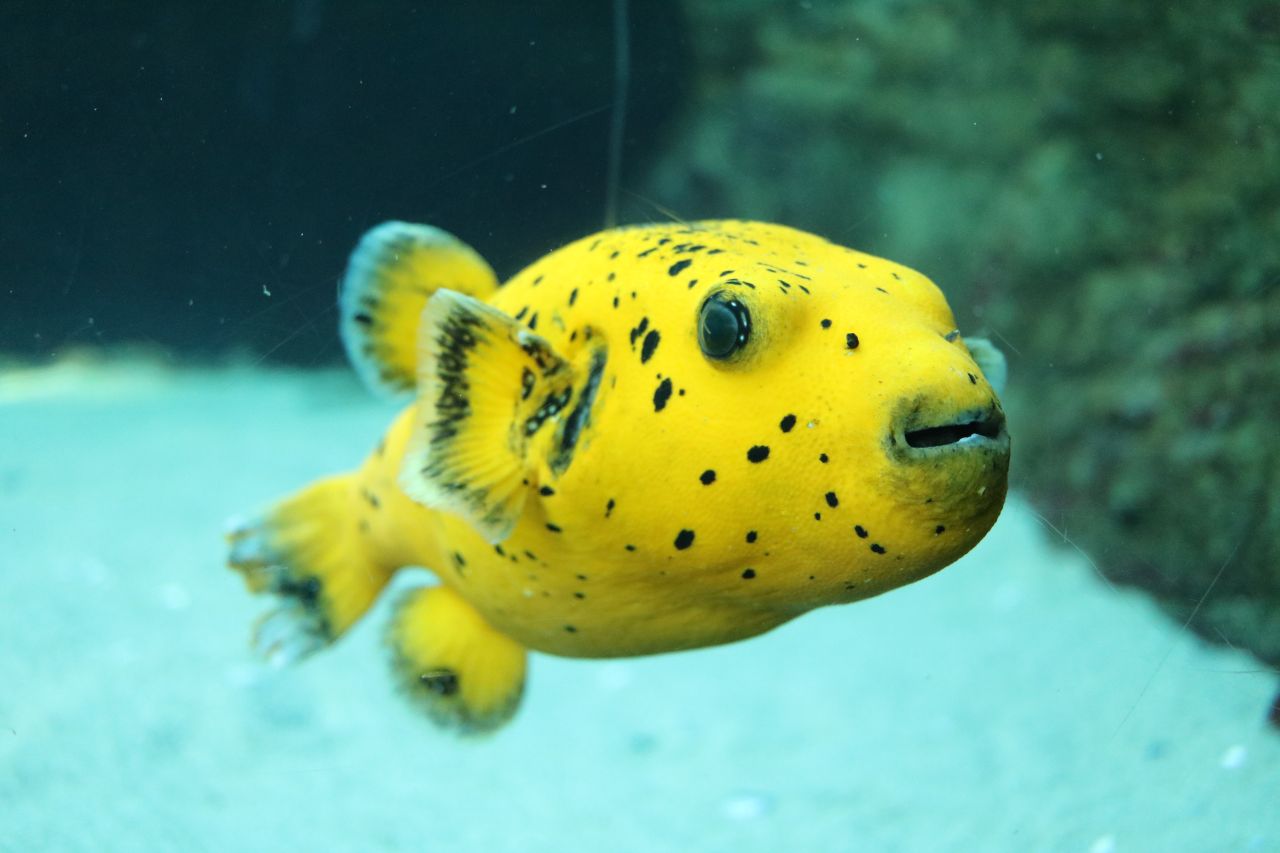
Parrotfish
Parrotfish are quite distinct and easily noticeable in theI&J Ocean Exhibit due to their unique colour and patterns. Outside of the Aquarium, these fish are usually found in the Indo-Pacific, inhabitting coral reefs, seagrass beds, and rocky coasts. Parrotfish have been so named because of the development and arrangement of the teeth in their mouths, which is distinct from other fish. Their many teeth are placed in a closely-packed mosaic on the outside of their jaw bones, forming a parrot-like beak. Sizes of these fish vary, with the majority growing up to 30-50cm in length.
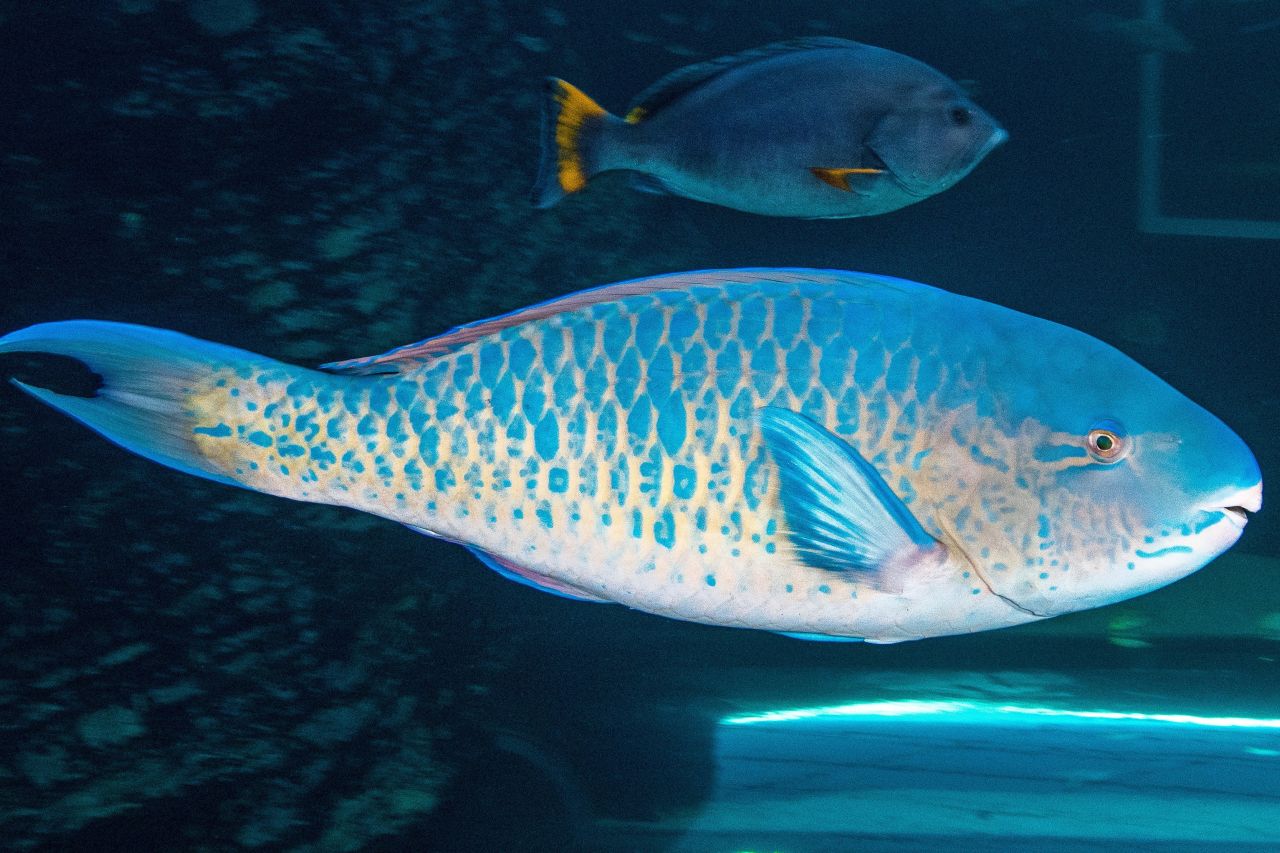
The I&J Ocean Exhibit is home to many species and whether you're viewing it from the 10-metre-long transparent tunnel or the giant viewing window, it is a marvellous sight and something that everyone should experience! Thanks again to our partners at I&J for their crucial role in everything that this exhibit is, and will continue to be!
Related News
Sign up to our Newsletter
Receive monthly news, online courses and conservation programmes.
